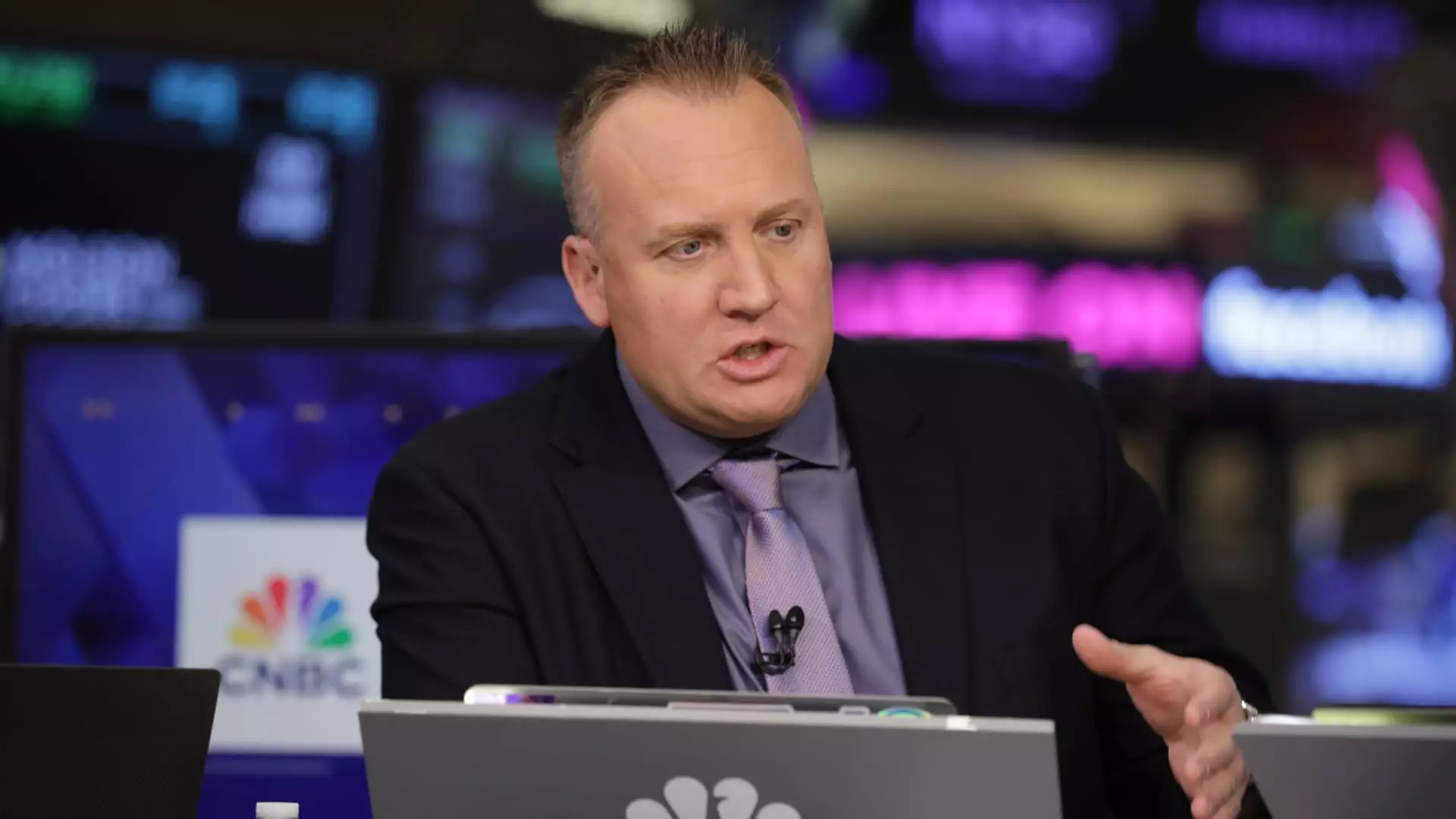In the depths of Wall Street’s collective imagination, there’s a persistent hope that the Federal Reserve will pivot and cut interest rates in 2025. The idea acts as a comforting delusion, promising a return to “easy money” that would supposedly ignite a new surge of stock market prosperity. Yet, beneath this optimism lies a fundamental misunderstanding of what monetary policy can truly accomplish. The supposed certainty of rate cuts as a rallying point is a dangerous miscalculation that distracts investors from the real drivers of economic health: productivity, innovation, and real capital investment.
Josh Brown, CEO of Ritholtz Wealth Management, has rightly dismissed this fantasy. He points out that a rate cut isn’t the magic bullet it’s often portrayed to be. The market falsely assumes that lower rates will alleviate economic struggles, but this perspective reveals a flawed logic—relying on accommodative policy as a cure-all, particularly when the economy is merely adjusting rather than collapsing, is shortsighted. If anything, the obsession with impending rate cuts signals a misguided hope that monetary policy can compensate for structural weaknesses or declining productivity rather than addressing underlying economic realities.
The Fed’s Dilemma: Balancing Credibility and Economic Reality
Despite the Federal Reserve’s acknowledgment that some rate reduction could be appropriate, the nuances of their stance remain overlooked by markets eager for quick fixes. The Fed’s data-driven approach recognizes that lowering rates is a delicate dance—too much, too soon, and you risk igniting inflation; too little, and you risk stagnation. Most officials agree that some adjustment might come, but the scale and timing are still highly uncertain.
Markets, however, have fixated on the idea of two quarter-point cuts within this year. The prediction, fueled by derivatives markets, assumes that the Fed will capitulate to market pressures rather than act according to the economic data. This disconnect reveals a dangerous tendency among investors to overvalue the short-term possibilities over the long-term economic fundamentals. The false hope that rate cuts will revive the economy breeds complacency, sidelining the importance of real productivity growth.
Why Capital Expenditure Is the True Economic Indicator
Investors overlooking the fundamentals are essentially betting on a healing process that hasn’t yet materialized. Instead of fixating on speculative rate cuts, they should be paying attention to the real engine of economic growth: capital expenditure. Investments in innovation, infrastructure, and technology are far more indicative of sustainable growth than the Federal Reserve’s interest rate stance. Brown emphasizes that companies like Nvidia and Amazon exemplify this trend—they are thriving due to their focus on capital expenditures and breakthroughs in AI technology, not because of central bank policies.
The recent booms in megacaps such as Nvidia—hitting $4 trillion in market value—and Amazon’s strong performance through AWS exemplify how strategic investments drive value. These companies are leveraging new technology, expanding their capacities, and carving out global leadership—all factors far more potent than the mirage of rate cuts. The market’s fixation on monetary policy as a catalyst ignores the fact that real innovation and productivity are what sustain growth, regardless of what the Fed is doing.
The Flawed Optimism and a Call for Prudence
The optimism surrounding a rate cut in 2025 reflects a broader naivety regarding economic resilience. Confidence that monetary easing will rescue markets from downturns perpetuates a false sense of security, leading investors to overlook deeper vulnerabilities. The aggressive push for lower rates, especially when not justified by underlying economic conditions, risks creating a bubble built on hope rather than solid foundations.
Wall Street’s fixation on rate cuts also sidesteps the importance of fiscal responsibility and structural reforms. Instead of relying on the Fed’s monetary policy to cover systemic issues, there should be a focus on fostering a pro-growth environment through targeted policy measures that enhance productivity. The tech giants and innovative sectors demonstrate that true value accrues through strategic investment—something monetary policy alone cannot substitute.
This entire narrative underscores a larger truth: the pursuit of easy solutions, like expecting artificial interest rate cuts to solve complex economic issues, is ultimately misguided. It’s a dangerous game of chasing after a mirage, one that could ultimately lead to instability if taken as gospel. Investors must learn to read beyond the crowd’s optimism and recognize that sustainable growth depends on tangible efforts—innovation, infrastructure, and responsible fiscal policy—not on the hope of an easy monetary fix that may never come.


Leave a Reply